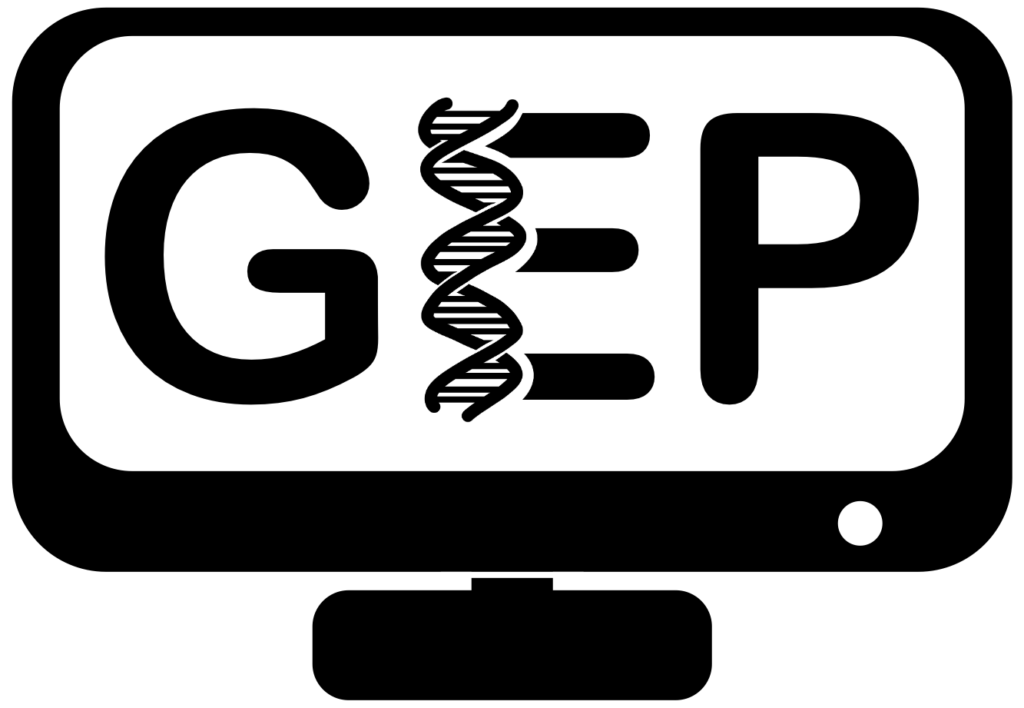Sequence Improvement
Introduction to UNIX Exercise
A simple exercise on using simple Unix commands to navigate to different directories and manipulate files.
Unix Commands: Quick Reference Sheet
A Unix reference sheet for commonly used Unix commands.
Common Finishing Errors
This PowerPoint presentation describes the common errors observed in student finishing projects.
Reconcile Sequence Improvement Projects
All GEP projects are completed at least twice independently by GEP students. This document describes how to check two or more submissions of a finishing project for congruence. Ordinarily this is done centrally at Washington University, but in some cases may be of interest at a given school.
Dye Chemistry Characteristics
This document illustrates some of the advantages and potential problems with the BigDye and dGTP chemistries.
Fulton Lecture Notes
The lecture notes from a presentation by Bob Fulton point out some of the more advanced features of Consed, the base caller phred, and the assembler phrap. This document should be read after students have some experience using Consed but before they begin working on their fosmids.
Restriction Digests: A Tool to Check Your Findings
One of the main tools used to verify the correctness of a genome assembly is comparison of an in-silico restriction digest to the real restriction digest data generated by the WU Genome Center. This document also covers how students can use the restriction digest data early in the assembly process to determine the number of copies of repeats in a given cluster or to estimate gap sizes.
Finishing Lab Practice Using a Mouse Contig
Students can practice using Consed by working on a mouse contig. This exercise poses various challenges that students may encounter when working on their own projects.
A Complex Drosophila Fosmid
This fosmid from Drosophila virilis assembles into three contigs (a yellow clone). In this exercise, students must generate a final assembly by closing a gap, dealing with a mis-assembly, and improving low quality regions. Snapshots of the different stages of the assembly are stored as separate ace files.
